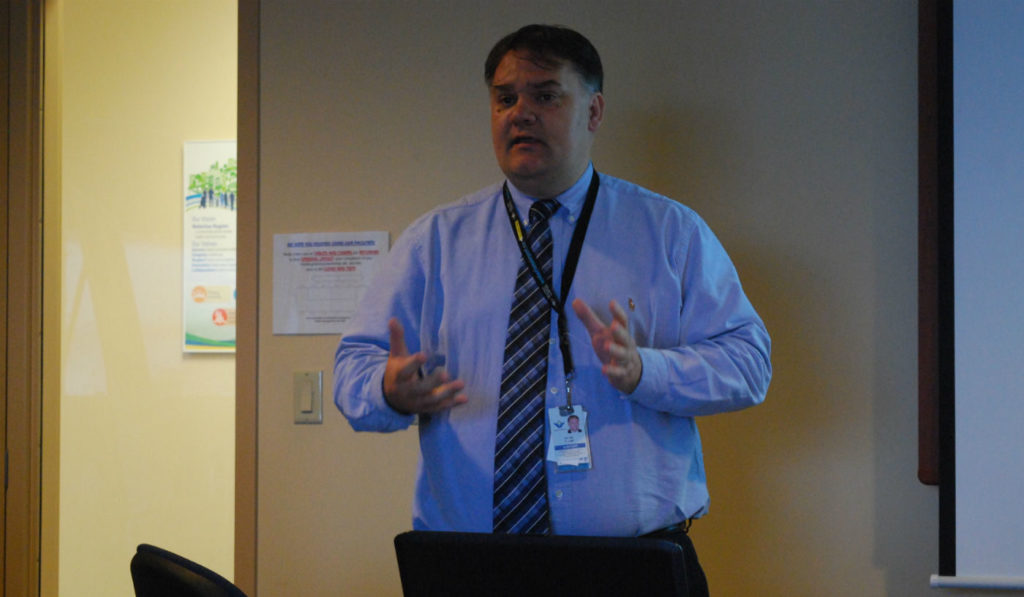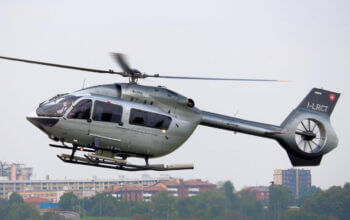Estimated reading time 7 minutes, 20 seconds.
It’s not quite a perfect storm, but a series of changing conditions in Canadian aviation, including regulatory exemptions that could pave the way for new ultra low-cost airlines, is driving optimism at a small international airport in southern Ontario.

“The stars seem to be aligning,” said Chris Wood, general manager of Region of Waterloo International Airport in Breslau, Ont., about 100 kilometres southwest of Toronto.
“We want to see our runways busier than they are today, and we have runway capacity. We believe that this is a great alternative for an airline, whether that be an existing airline or an airline that doesn’t exist today.”
The Waterloo airport is positioning itself as an ideal market for ultra low-cost carriers (ULCCs) like Canada Jetlines and FlyToo–the tentative name for a planned ULCC from Calgary-based Enerjet–which have been granted exemptions to foreign ownership limits.
ULCCs sometimes favour smaller, under-served markets like Waterloo, which is also home to one of Canada’s most robust technology clusters.
“Our community is pretty special with what’s going on here from a tech perspective and the travel that it drives,” said Wood after a technical briefing that laid out a 20-year master plan for the airport on March 31.
“We think this plan sets us up nicely that we can grow with a carrier that likes what we’ve put on the table. And we think there’s a great opportunity here to repatriate some of the passengers back to their home airport.”
Waterloo is in regular talks with both ULCCs and mainstream Canadian airlines as it seeks to add more scheduled service to a facility that processed 127,824 passengers last year.
WestJet offers daily scheduled non-stop service between Waterloo and Calgary, as well as weekly service from Waterloo to Orlando over the winter. Sunwing Airlines also offers weekly direct service to Punta Cana, Dominican Republic, from December through March.

American Airlines offered twice-daily service to Chicago from Waterloo starting in June 2012, but announced last year it was discontinuing the service. That prompted a search for new partners that has primarily focused on Canadian airlines.
“We’re not really focused on U.S. carriers,” said Wood. “They’ve made it pretty clear that Canada’s not really in the cards for any expansion right now … I think the Canadian dollar difference is really holding them back.”
Waterloo had no firm commitments from any additional airlines as of March 31, but with Toronto Pearson International Airport expected to reach capacity in the mid-2030s, that could change.
Other airports could also help offset the demand for air travel in southern Ontario, but Waterloo sees its proximity to the Kitchener GO Transit line as a key advantage. The Waterloo airport is 2.5 kilometres from the planned Breslau station of the Kitchener GO line, which could potentially link directly to Pearson.
“I think we have to explore the opportunity that opening a … GO station two and a half kilometres north of our airport, brings to us,” said Wood.
That kind of study would be one focus of the first stage of the airport’s 20-year master plan, which is tentatively scheduled to come before the regional municipal council on April 12.
If approved, Stage 1 would also trigger studies necessary to expand the airport capacity, including the start of conceptual and detailed design, as well as environmental assessment for the extensions of both runways at the Waterloo airport.
There are four additional stages in the master plan, all of which would be triggered by growth in the number of passengers at the airport.
Stage 2 would take place once the airport reaches 250,000 annual passengers (approximately four Boeing 737 flights daily). It would include extending the airport’s secondary runway; expanding the terminal building for up to 500,000 annual passengers; and detailed design to extend the primary runway.
Stage 3 would be triggered if the airport reaches 500,000 annual passengers, and would include constructing the primary runway extension and expanding the terminal building for one million annual passengers, among other measures.

Stages 4 and 5 would be triggered if the airport reaches one million annual passengers (about 11 Boeing 737 flights a day) and would eventually accommodate 2.5 million annual passengers.
All stages in the master plan would need to be individually approved by regional council, and the implementation of each stage assumes 50 per cent of capital costs will be funded from non-property tax sources, possibly including the federal and provincial governments.
The focus is on managing risk by ensuring no construction takes place before the airport reaches passenger volume milestones that would increase revenue and could justify further development.
That growth will be partially dependent on attracting new airlines–either ULCCs or mainstream carriers, or both.
Waterloo is also hoping to grow the aerospace cluster in its business park, which already includes a busy flight school, a number of rotorcraft businesses, as well as charter, maintenance and service operations.
“We believe that there are companies out there looking to relocate or expand,” said Wood. “This could be a great opportunity.
“There are great aviation companies here already, scattered around the region. So if we can bring in a cluster to the airport, then I think that’s something we’re going to explore.”








